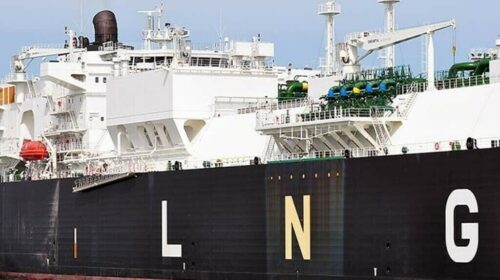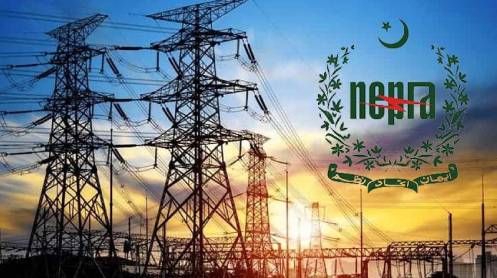The Economic Coordination Committee (ECC) is likely to approve arrangements between Pakistan LNG Limited (PLL) and Pakistan GasPort Consortium Limited (PGPCL) to utilise the excess capacity of an LNG terminal.
LNG operators have been urging the government to allow the utilisation of idle capacity of terminals as under-utilisation places a burden of multibillion-rupees on consumers on account of capacity charges.
With PLL and PGPCL having reached an understanding to utilise the excess capacity, capacity charges will fall from $0.4177 to $0.383647 per million British thermal units (mmbtu).
Despite third-party access rules in place, state-run gas companies have made it difficult for LNG terminal operators to utilise the idle capacity.
The government is also working on a plan to permit LNG terminal operators to utilise said capacity.
Earlier, the petroleum division had moved a summary to the economic decision-making body seeking permission to allow LNG terminal operators unconditional access to the idle capacity.
At present, with imports coming in from Qatar, Engro LNG terminal is operating at full capacity. However, PLL has not been able to utilise the PGPCL LNG terminal to its full capacity.
PLL invited an international tender and selected PGPCL for the provision of LNG storage and regasification services for 15 years at a levelised tariff of $0.4177/ mmbtu.
An Operation and Services Agreement (OSA) signed on July 1, 2016, provides that PLL is to unload 4.5 million tons of annual quantity of LNG with a daily delivery capacity of 600 mmcfd and peak daily delivery capacity of 690 mmcfd on a reasonable endeavour basis.
Previously, the terminal operated at full capacity of 750 mmcfd, though for a limited number of days during the year.
PGPCL has been in pursuance of the government to allow third-party access to utilise the excess capacity of the said LNG terminal.
In the past, the Cabinet Committee on Energy (CCoE) had decided LNG terminal operator(s) may allocate their additional re-gasification capacity of terminal(s) to third party (ies) on commercial basis, subject to the conditions where the government is not fully utilising its contracted capacity of 600 mmcfd at any time.
“Any sale to private party will first be treated as sale of GOP capacity to reduce GOP ‘take or pay’ up to 600 mmcfd.”
CCoE further decided that the terminal could not resell the same capacity twice.
On July 8, 2021, CCoE reviewed the presentation made by the petroleum division on the report of the sub-committee of CCoE on pipeline capacity allocation for new LNG terminals.
The cabinet body on energy had directed the petroleum division to submit a summary with clear proposal(s) on revenue sharing between terminal operators and relevant SOEs (SSGC/PLL) for the utilisation of the available capacity at LNG terminals.
PLL and PGPCL, after negotiating different proposals to utilise the excess capacity in light of the decision made by the CCoE, reached an understanding on how to utilise the excess capacity of terminals for LNG imports.
According to the proposal, PLL shall have unconditional access to peak daily delivery capacity of 650 mmcfd out of the total 750 mmcfd capacity of the LNG terminal.
PLL can also handle the annual contracted capacity of 4.5 million tons per annum only if maturing daily delivery capacity of at least 626 mmcfd is available to it.
According to the proposals submitted to the ECC, the arrangements will only become elective after the operational capacity test of FSRU is conducted at the operator’s expense by the operator





